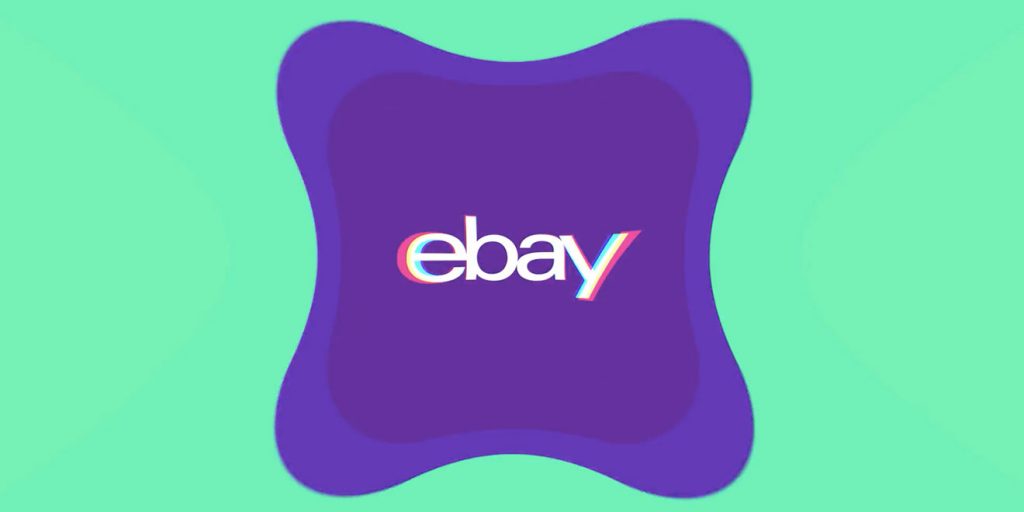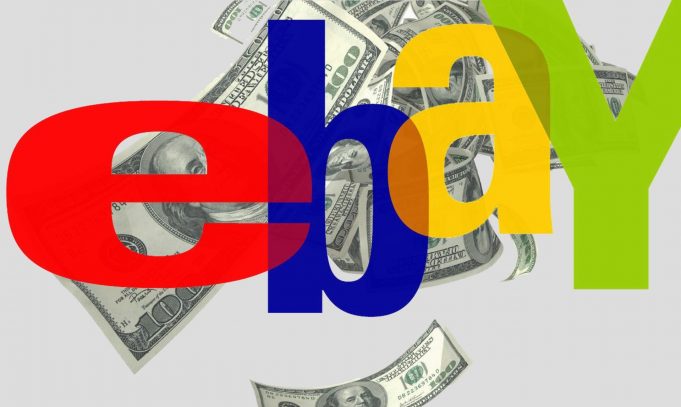This post is about how eBay money. Firstly, we explain how eBay makes money from its different business segments. Then, we provide eBay revenues by its business segments for the years 2010 to 2014. Then, we share the information on eBay cost elements, profits, and profit margins. Finally, we provide some key definitions.
eBay enables global commerce and payments on the behalf of users, merchants, retailers, and brands of all sizes. eBay provides technologies and services that enable users and merchants worldwide to offer their inventory for sale and buyers to find it, buy it, and pay for it. eBay generates revenues from the transactions and payments it successfully enables. In addition, eBay also generates revenues through marketing services, classifieds, and advertising. eBay enables commerce globally through three reportable segments: Marketplaces, Payments, and Enterprise.
eBay Marketplaces Business Segment
eBay marketplaces enable individuals and business to buy and sell online. The marketplaces segment includes eBay’s core global ecommerce platform, located at ebay.com and its localized counterparts. It also includes eBay’s vertical shopping sites, classifieds sites, and advertising services business. eBay derives majority of Marketplaces revenue from a take rate on the Gross Merchandise Volume (or GMV) of the transactions closed on its Marketplaces trading platform. To make the users more comfortable trading with the unknown partners, the platform offers a number of features such as Feedback Forum, SafeHarbor Program, Verified Rights Owner Program, eBay Top Rated Seller (eTRS) Program, and eBay Money Back Guarantee. eBay also offers loyalty programs for both buyers and sellers. Merchants and individuals can choose to list their products through fixed price listings or an auction-style format.

eBay Payments Business Segment
eBay Payments includes eBay’s core payments brand PayPal, located at www.paypal.com and its localized counterparts. PayPal enables individuals and businesses to send and receive payments online easily, quickly, and securely. PayPal connects with the financials institutions around the world and allows the consumers to make purchases using a broad range of payment methods. Consumers can fund their PayPal accounts by credit card, debit card, or electronic fund transfers from their bank account. PayPal also offers PayPal Credit, where a bank or other licensed lender issues credit products and extends credit to the customers. PayPal derives majority of revenue from a take rate on the net Total Payment Volume (or net TPV) that it enables. To increase trust and safety, PayPal has developed a number of programs such as PayPal’s Seller Protection program and PayPal’s Purchase Protection program.
eBay Enterprise Business Segment
eBay Enterprise offers commerce technologies, omnichannel operations solutions, and commerce marketing solutions to large retailers and brands that operate in general merchandise categories. Similar to the Marketplaces and Payments segments, eBay derives majority of Enterprise revenue from a take rate on the Gross Merchandise Sales enabled through commerce technologies and omnichannel operations suite of services, with the remaining value coming from marketing solutions. eBay Enterprise offers its products and services on an individual basis or as bundled solutions.
- eBay Enterprise Commerce Technologies. eBay offers commerce technologies through its licensed open core platform known as Magento Enterprise. It supports on-premise, hosted managed (via partners), and on-demand (cloud deployment via partners) deployments. eBay Enterprise offers solutions to merchants for retail order management, payments and protection, and store fulfillment. The retail order management solution helps manage orders received from multiple customer touch points, determines most efficient source for order fulfillment, and includes an extensive set of reporting capabilities. The payments module provides a robust online payment processing engine with capabilities including price, tax and shipping calculations, address verification, order review, fraud prevention, credit card authorization, settlement and alternative payment processing. The store fulfillment solution provides ship-from-store, in-store pickup, and ship-to-store capabilities that provides retailers full visibility into inventory across stores, distribution centers, and even suppliers.
- eBay Enterprise Omnichannel Operations. The omnichannel solutions provide the retailers and brands with fulfillment, freight, and customer service functions. The fulfillment and freight solution includes regional or central distribution models, warehouse management systems, inbound and outbound logistics, returns processing, value added services like custom packaging, personalization, and gifting and assembly. The customer care services are provided via telephone, IVR, live chat, email, social support, and a network of customer support agents.
- eBay Enterprise Marketing Solutions. The marketing solutions provide marketing technology solutions as well as digital agency services. The marketing technologies solutions include a suite of demand generation capabilities such as affiliate marketing, attribution, database and CRM, email & mobile marketing, and online advertising display targeting. The digital agency services include analytics and optimization services, creative services, studio services, media services, search engine marketing, user experience design, and usability research.

eBay Revenues 2014
In 2014, eBay generated $17.9 billion of total revenues. Of these total revenues, eBay generated
- $8.8 billion revenues, 49.1% of the total, from the marketplaces segment.
- $7.9 billion revenues, 44.0% of the total, from the payments segment.
- $1.2 billion revenues, 6.9% of the total, from the enterprise segment.
eBay Profits 2014
Of the $17.9 billion of eBay total revenues in 2014, $5.7 billion were the cost of revenue. This resulted in $12.2 billion of gross profit and a gross margin of 68.0%. eBay spent $3.6 billion, $2 billion, and $1.9 billion on sales and marketing, product development, and general and administrative expenses respectively. The transaction and loan losses and the amortization of acquired intangible assets expenses were $958 million and $258 million respectively. This resulted in $3.5 billion of operating profit and an operating margin of 19.6%. After interest and other income/expenses and income taxes, eBay had a net profit of $46 million and a net margin of 0.3%. Here are the definitions of eBay’s key costs and operating expenses:
- Cost of net revenue. It consists primarily of costs associated with payment processing, customer support, site operations, fulfillment, and interest expenses on borrowings incurred to finance PayPal Credit’s portfolio of loan receivables. These costs include bank transaction fees, credit card interchange and assessment fees, employee compensation, contractor costs, facility costs, depreciation of equipment, and amortization of expense.
- Product development. These consist primarily of costs associated with product developments efforts, including the development of next generation platform architecture, migration of certain platforms, seller tools, and payment services projects. These costs include employee compensation, contractor costs, facility costs, and depreciation on equipment.
- Sales and marketing. These expenses consist primarily of advertising costs and marketing programs (both offline and online), employee compensation, contractor costs, facility costs, and depreciation of equipment. Online marketing expenses represent traffic acquisition costs in various channels such as paid search, display advertising, and affiliate marketing. Offline advertising includes brand campaigns, buyer/seller communications, and general public relations expenses.
- General and administrative. These expenses consist primarily of employee compensation, contractor costs, facilities costs, depreciation of equipment, employer payroll taxes on employee stock-based compensation, legal expenses, restructuring, insurance premiums, and professional fees.
- Transaction and loan losses. These consist primarily of: (a) transaction loss expenses associated with customer protection program, fraud, and chargebacks; (b) credit losses associated with consumer and merchant loan receivables; (c) bad debt associated with accounts receivable balance.
- Amortization of acquired intangible assets. The purchase of assets and businesses results in acquisition of some intangible assets. These assets lead to the amortization expenses.

Some Key Definitions
Gross Merchandise Volume (or GMV) is defined as the total value of all successfully closed transactions between the users on the Marketplace platforms during the applicable period, regardless of whether the buyer and seller actually consummated the transaction.
Total Payment Volume (or net TPV) is defined as the total dollar volume of payments, net of payment reversals, successfully completed through eBay’s payments networks including PayPal Credit, Venmo, and payments processed through Braintree’s full stack payments platform. It excludes payments sent or received through PayPal’s and Braintree’s payment gateway businesses.
Gross Merchandise Sales is defined as the retail value of all sales transactions which flow through eBay Enterprise commerce technologies. This is inclusive of freight charges and net of allowance for returns and discounts.
Marketplaces Transaction Take Rate is defined as the total net transaction revenues earned through eBay Marketplaces segment, divided by Gross Merchandise Volume (GMV).
Payments Take Rate is defined as the total net revenues earned through eBay’s payments networks, including PayPal Credit, Braintree, Venmo, PayPal’s payment gateway business, subscription fees and other net revenues, divided by Net TPV.
Enterprise Transaction Take Rate is defined as the total net transaction revenues earned through eBay’s Enterprise segment, divided by Gross Merchandise Sales.









